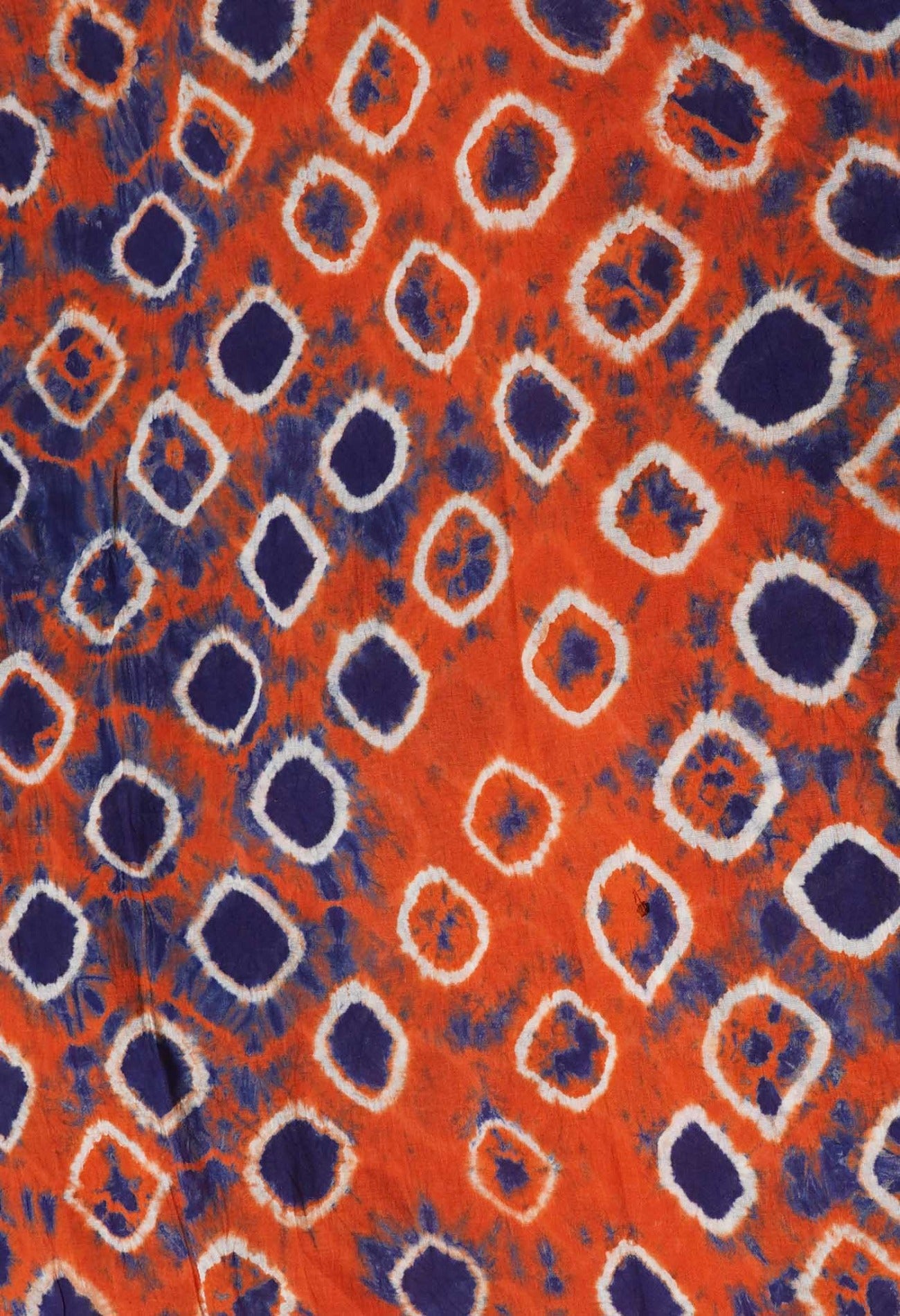
Including Jim Corbett National Park in your holiday
If you are planning to make a small trip during the Christmas holidays either as a couple or the entire family enjoying together and you are going close to the North of India, do include the famed Jim Corbett National Park, the best reserve for tigers in India. Corbett National Park is situated in the foothills of the Sub-Himalayan belt in Nainital district of Uttarakhand state in India, with headquarter stationed at Ramnagar. A trip that would have memorable moments and graphic images etched in your mind forever.
Taking the Jim Corbett Tour
Established in the year 1936 as Hailey National Park, Corbett has the glory of India's oldest and most prestigious National Park named in his honour. Project Tiger was first launched here in 1973 to protect the most endangered species and Royal animal of India, the Tiger. A fascinating location that comprises a dense deciduous forest which covers close to 73 per cent of the entire park area, it is home to 110 tree species, 50 species of mammals, 580 bird species and 25 reptile species. Most would suggest that the best way to enjoy the sights of the park would be to be part of a Corbett Tour.
The best time to visit the park is supposed to be in the months of March and April, but of late with climatic changes December is fairly pleasant to mildly cold in this region that the flora and fauna could also be enjoyed during this time.
[/vc_column_text][/vc_column][/vc_row][vc_row][vc_column][vc_column_text]
The tiger – a star attraction of the Jim Corbett Park
A royal animal by its look and gait, the tiger has always received attention that majesty gets. The tiger is not only the star attraction of the Jim Corbett National Park but is the most celebrated of the wild animals in India. It is said that tigers have evolved in East Asia (China) about two million years ago. After that they spread to other parts of Asia. Altogether there are eight subspecies of tiger, out of which three have gone extinct. It is a matter of pride for India that according to recent census an estimated 5000 to 7500 tigers are surviving in the world. The subspecies Royal Bengal Tiger has 3000 to 4500 surviving members existing in Indian subcontinent, more than three-fourths of which are in India.

It was Jim Corbett who as a hunter of man-eating tigers and his exploratory writings inspired others to save the royal beast from near extinction in India. Corbett gave birth to Project Tiger in India - India's first tiger conservation program inaugurated on first April 1973.
Tigers in India have the greatest reputation as man-eaters among the large cat species. Such tigers have been immortalized through the writings of Jim Corbett. For instance, The Champawat Tiger is said to have killed 434 people before Corbett finally succeeded in killing it.
Tigers are kept on top of the food pyramid as they are carnivores and master predators. They help in maintaining and controlling the ecological balance of the park.
[/vc_column_text][/vc_column][/vc_row][vc_row][vc_column][vc_column_text]
 The elephant safari – an added attraction
The elephant safari – an added attraction
Apart from being the best showcase of Indian wildlife, Jim Corbett National Park has the glory of being India's oldest and most reputed national parks. The park offers breathtaking view of the mysterious wild jungle, valleys, and the rich varieties of exotic flora and fauna. There is an exclusive elephant safari from within the thick forest, and through picturesque valleys of the Corbett. Riding the back of an elephant, steered by the trained Mahout is an exciting proposition for any tourist out on a wildlife trip. An Elephant Safari in Jim Corbett National Park follows a designated path to ensure that the travelers get to visit all the expanses where you will be able to spot mammals, birds and several species of reptiles. Elephant ride is permitted only in Bijrani and Dhikala Tourism Zones. The one and half hour safari is conducted in both shifts - morning as well as afternoon.
[/vc_column_text][/vc_column][/vc_row][vc_row][vc_column][vc_column_text]
Reaching the Jim Corbett park
Fairly close to the National Capital Delhi at 260 Km from it, Lucknow at 145 Km, Nainital at 66 Km and Ranikhet at 112 Km are closer. Therefore it is accessible by rail (Ramnagar), air (Delhi) and road from any place.
The Jim Corbett Tour
A safari meant to thrill and giving visitors an opportunity to observe wildlife at close range and safely, this outing is the best way to get the maximum enjoyment, knowledge and the experience of a lifetime. For most part of the safari tourists are placed in an enclosed or open jeep depending on which portion of the park they are visiting. In fact in some places the visitors could also walk as an exhilarating venture. The guided tour is known as the wildlife tour which is the best and most comprehensive fulfilling rounds that one can have of the reserve. Besides this you also have selective theme safaris like the Jeep Safari, Elephant Safari, Horse Safari as well as a Bird Safari in addition to the ever popular wildlife safari. In toto, it is time well spent and worth much more than what is paid for the exceptionally well organized events that make the visitors feel special and privileged for the wonderful time that they have.

[/vc_column_text][/vc_column][/vc_row][vc_row][vc_column][vc_column_text]
Best time to visit and the timings
The various safaris available include one of the more convenient ways to travel around the national park, i.e. by jeep safari, as it also helps in Tiger tracking and if lucky one may get a glimpse of the majestic Royal Bengal tiger. The duration of the wildlife safari at the national park is at par with other national parks in the country. The timings reserved for entry into, as well as exit from vary according to the season. During winter, owing to the shorter period of daylight hours, the entry in the morning begins a little later while the evening exit time is a bit earlier as compared to the timings during the summer months.
The visual delights of the safari
What does one get to see on the various tours? How much could the excitement peak? Leopards, the Himalayan Black bear, the Indian Pangolin (also called the scaly anteater), wild boar, a variety of reptiles, several species of fish, a large collection of different species of dragonflies, Marsh crocodiles, Alligators, the King Cobra and other venomous reptiles, the monitor lizard etc. all in their natural habitat, at safe distance yet near enough for the visitors to get a good close-up view of them.
Birds like the Peacocok, jungle fowl, partridges, kaleej, parakeets, laughing thrush, Kingfishers, drongos, woodpeckers, cormorants, ducks, seagulls etc. Plenty of fish varieties are also part of the visual delights for their colorful display. As for the flora, there are close to 500 species of plants that would be the interest of a botanist or nature lover.
 Accommodation and thrill resorts
Accommodation and thrill resorts
Besides the regular places of stay, posh hotels and rest houses in the periphery or close proximity of the park, there are the special Jim Corbett Retreats amidst the woods that give the feel of an exciting jungle stay. These wood resorts besides their lodging facilities, also provide a whole lot of activities that would take the adventurers deep within the forest park. Be it the Jungle Safaris, Elephant Rides, Trekking, or any other adventurous activities, you are sure to witness the imposing beauty of the park and its majestic dwellers.
Places to see around Jim Corbett National Park
When one has come this far, one would definitely like to make the most of the visit by taking a round of other sight-seeing locations nearby.
Dhikala Tourism Zone:
Dhikala is a well known tourist destination in Jim Corbett National Park. Dhikala is situated approximately at a distance of 35 km from Dhangarhi Gate, promising more real experience of the wild. Dhikala forest lodge is the sole place in Indian National Park that permits night stay in the lap of nature. Besides offering the wild life experience, it offers an outstanding view of the valley, with the Kanda.
Garjia Temple:
Garjia Devi Temple is situated at an approximate distance of 14 km from Ramnagar city on the way to Ranikhet. The temple is actually a huge rock that is placed amidst river Kosi, which has been named as Garjia Devi after the deity. Devotees reach temple after climbing several flights of stairs. The temple attracts thousands of devotees from across the globe and there is a custom that newlyweds coming to Corbett must seek the blessings of Garjia Devi.

Sitabani Forest Reserve:
It is 10 km from Ramnagar, a hard forest area but not the part of Corbett Tiger Reserve. Sitabani is heaven for bird watchers as the place is only spot where many species of feathered creatures beautify the environs of area. That apart, the reserve provides dwelling to a good number of wildlife including barking deer, tigers, leopard, wild boars, elephant and king cobra. The place has historic importance too; associated with the epic Ramayana, it is said that Sitabani is the same place where Goddess Sita (wife of Lord Rama) spent her days of expulsion. Declared as buffer zone area by the forest officials only has two modes of transport - Elephant and Jeep Safari is allowed.
Corbett Water Fall:
25 km from Ramnagar City the waterfall is snuggled amidst the green foliage and cascades down into a small lagoon like pool. It is a good picnic spot for those visiting Corbett National Park. Tourist can enjoy swimming here.

Dhangarhi Museum:
Situated 20 km from Ramnagar railway station, the museum has been set up at the main entry gate of the park, like an introduction to Jim Corbett National Park. The museum depicts the maximum information about the land topography and wildlife species residing in the park.
Kosi River:
The River Kosi flows approximate to the Corbett National Park and forms the eastern boundary of the Park. Though the river does not enter the National Park boundary, wild animals from Corbett come to the river banks for drinking water especially during the hot season. The river is inhabited by Masheer, attracts many species of migratory birds and good for photography.
Bijrani Tourism Zone:
Bijrani Tourism Zone is the premium zone of the park, known for its exotic flora and fauna and amazing vegetation. Bijrani is one of the highest wildlife populated Tiger Reserve Area of Corbett National Park. The entry point of this zone is Amdanda Gate near Ramnagar. Travelers may see a tiger or two here if lucky during the Bijrani Jeep Safari.
If the tiger has had a lease of life from being removed from Indian soil forever, it is thanks to the man called Jim Corbett, the man who studied their habits, gave them their space by advocating for special reserves like this where by being within their natural habitat, they would at least not harm the human population, while at the same time their presence in a wild jungle with plenty of other creatures within, would maintain the balance that Nature requires for a peaceful environment.
[/vc_column_text][/vc_column][/vc_row][vc_row][vc_column][vc_gallery type="flexslider_slide" interval="3" images="11383,11384,11385" img_size="1024*599"][vc_column_text]
The Jim Corbett tour is a lifetime experience that is bound to leave sweet memories and sharp images about life in the green jungle and how different and definitely more peaceful it is from the cement concrete jungle that we are living in. It will definitely give the right lessons and insights to peace and tranquility that we sorely miss and yearn for. Maybe it could also transform some who visit to change their way of living and try and strike a balance within this chaotic world.
[/vc_column_text][/vc_column][/vc_row]


































































































